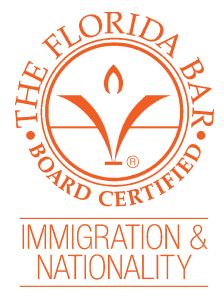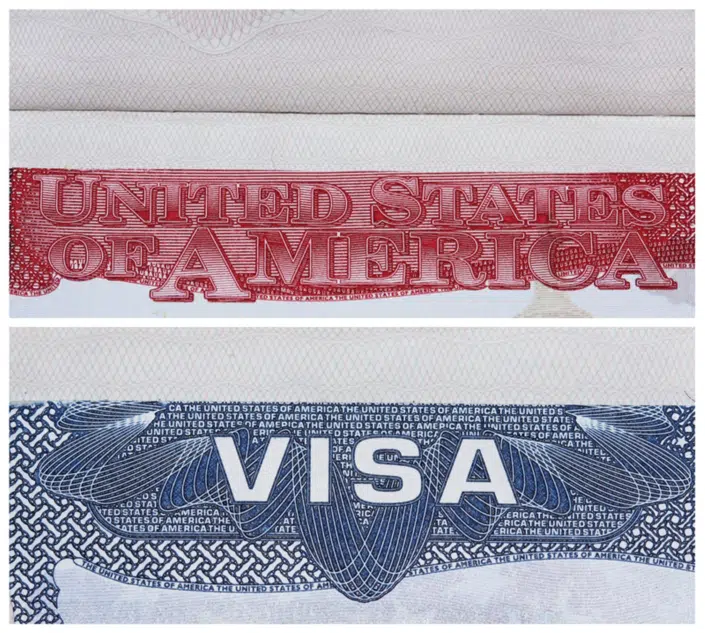Family is the Backbone of the U.S. Immigration System
Family is why many immigrants have come to the United States for several hundred years. We are a nation of immigrants. Immigrant tales of reunification are enshrined in most of our memories or even films. We have traveled far, endured battles, been oppressed, and adapted to new communities, cities, states, and a country. Today the laws regarding U.S. Immigration are far different from times before: there are quotas, preferences for certain family members, different waiting times for immigrant visas or green cards, special laws for victims, and more.
Permanent resident status, which results in what is called a “green card,” gives foreigners the right to live and work in the United States without the time restrictions imposed by temporary nonimmigrant status. In family-based immigration, the categories of immigrant visas can be divided into Immediate Relatives and family-sponsored Preference Petitions. Immediate Relatives are not subject to an annual cap or quota based on nationality.
The Preference Petition categories are under the Visa Bulletin, which is published every month by the U.S. Department of State. Hence, a Preference category visa is subject to annual numerical limits, and they are not always immediately available. A visa becomes available to a preference category based on the priority date (the date the Form I-130 was filed). In summary, these are the classifications of family-based immigrant visa categories:
Immediate Relative: Spouses, Children (under 21 years old) and Parents of U.S. Citizens (who are 21 years of age or older).
Eligibility
A U.S. citizen may sponsor the following “immediate relatives” or “IR”:
- A spouse;
- Unmarried child under 21 years of age; or
- Parents (if the citizen is 21 years of age or older).
If the foreign immediate relative currently resides in the United States and wants to apply for lawful permanent resident status, they may apply for their green card at the same time.
If foreign immediate relative does not live in the United States, they must wait until the USCIS has approved the U.S. citizen’s immigrant petition before they can apply for an immigrant visa through the Department of State.
Non-Immediate Relative: Preference Categories
In general, family-sponsored preference visas are limited to 226,000 visas per year. Under the law, these annual visa limits may be increased when not all of the previous fiscal year’s visas were not fully used. As well, there are limits to the percentage of visas that can be issued each year based on an immigrant’s country of chargeability (this usually means the country of birth).
As a result of the annual limits on the number of visas, the supply and demand of visas can cause a waiting line, backlog or visa queue to form based on each particular country. To distribute the visas among all preference categories, the U.S. Department of State allocates the visas according to the family immigrant’s preference category, country of chargeability, and priority date. The priority date is used to determine an immigrant’s place in the visa queue. When the priority date becomes available (or is marked as “current” in the Visa Bulletin) immigrants can move on in their processing for permanent residence.
The following are the preference categories along with the Visa Bulletin final action dates chart for each (as of November 2022):
-
First Preference (F1): Unmarried Sons and Daughters (21 years old or older) of U.S. Citizens.
| Family- Sponsored |
All Chargeability Areas Except Those Listed |
CHINA-mainland born |
INDIA | MEXICO | PHILIPPINES |
| F1 | 01DEC14 | 01DEC14 | 01DEC14 | 15NOV00 | 01MAR12 |
-
Second Preference (F2A): Spouses and Children of Lawful Permanent Residents.
| Family- Sponsored |
All Chargeability Areas Except Those Listed |
CHINA-mainland born |
INDIA | MEXICO | PHILIPPINES |
| F2A | C | C | C | C | C |
-
Second Preference (F2B): Unmarried Sons and Daughters (21 years old or older) of Lawful Permanent Residents.
| Family- Sponsored |
All Chargeability Areas Except Those Listed |
CHINA-mainland born |
INDIA | MEXICO | PHILIPPINES |
| F2B | 22SEP15 | 22SEP15 | 22SEP15 | 01JUN01 | 22OCT11 |
-
Third Preference (F3): Married Sons and Daughters of U.S. Citizens.
| Family- Sponsored |
All Chargeability Areas Except Those Listed |
CHINA-mainland born |
INDIA | MEXICO | PHILIPPINES |
| F3 | 22NOV08 | 22NOV08 | 22NOV08 | 01NOV97 | 08JUN02 |
-
Fourth Preference (F4): Brothers and Sisters of U.S. Citizens (21 years old or older).
| Family- Sponsored |
All Chargeability Areas Except Those Listed |
CHINA-mainland born |
INDIA | MEXICO | PHILIPPINES |
| F4 | 22MAR07 | 22MAR07 | 15SEP05 | 01AUG00 | 22AUG02 |
-
First Preference (F1): Unmarried Sons and Daughters (21 years old or older) of U.S. Citizen
| Family- Sponsored |
All Chargeability Areas Except Those Listed |
CHINA-mainland born |
INDIA | MEXICO | PHILIPPINES |
| F1 | 01DEC14 | 01DEC14 | 01DEC14 | 15NOV00 | 01MAR12 |
-
Second Preference (F2A): Spouses and Children of Lawful Permanent Residents.
| Family- Sponsored |
All Chargeability Areas Except Those Listed |
CHINA-mainland born |
INDIA | MEXICO | PHILIPPINES |
| F2A | C | C | C | C | C |
-
Second Preference (F2B): Unmarried Sons and Daughters (21 years old or older) of Lawful Permanent Residents.
| Family- Sponsored |
All Chargeability Areas Except Those Listed |
CHINA-mainland born |
INDIA | MEXICO | PHILIPPINES |
| F2B | 22SEP15 | 22SEP15 | 22SEP15 | 01JUN01 | 22OCT11 |
-
Third Preference (F3): Married Sons and Daughters of U.S. Citizens.
| Family- Sponsored |
All Chargeability Areas Except Those Listed |
CHINA-mainland born |
INDIA | MEXICO | PHILIPPINES |
| F3 | 22NOV08 | 22NOV08 | 22NOV08 | 01NOV97 | 08JUN02 |
-
Fourth Preference (F4): Brothers and Sisters of U.S. Citizens (21 years old or older).
| Family- Sponsored |
All Chargeability Areas Except Those Listed |
CHINA-mainland born |
INDIA | MEXICO | PHILIPPINES |
| F4 | 22MAR07 | 22MAR07 | 15SEP05 | 01AUG00 | 22AUG02 |
Checking a Immigrant Visa’s Place in the Visa Queue
The Visa Bulletin will report each month the most recent date for when an immigrant visa (“IV”) number is available for the different categories and countries for family-sponsored, employment-based, and diversity (lottery) visas. A visa must be available before the final steps in the process of becoming a lawful permanent resident can be taken. Due to the demand of visas versus the annual supply, not all visa applicants can obtain their visa at the same time. How long of a wait will depend on the priority date, preference category, and the country to which the visa will be assigned.
If the demand for IVs is more than the supply for a particular category and country of chargeability, the category and country will be “oversubscribed” and a cut-off date will be assigned. An IV becomes available when the priority date is earlier than the cut-off date shown in the applicable Visa Bulletin chart.












